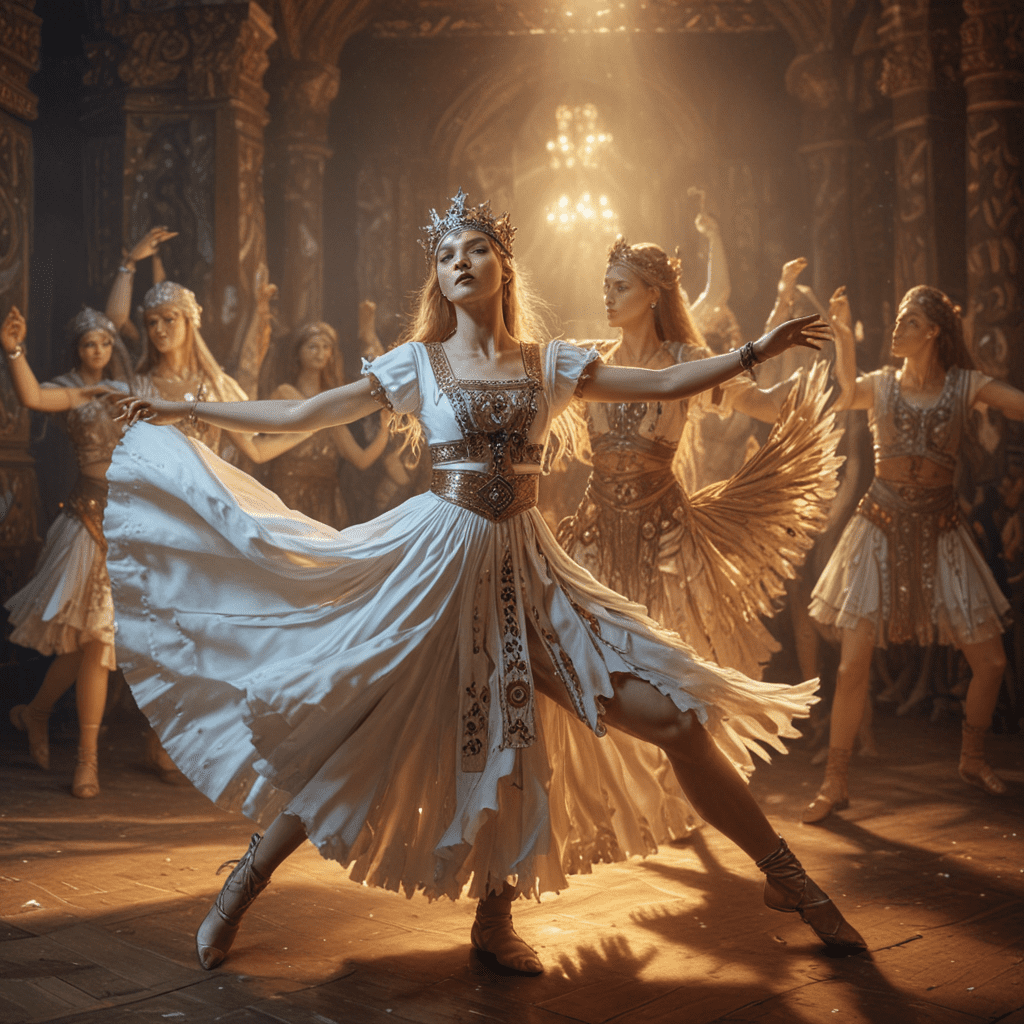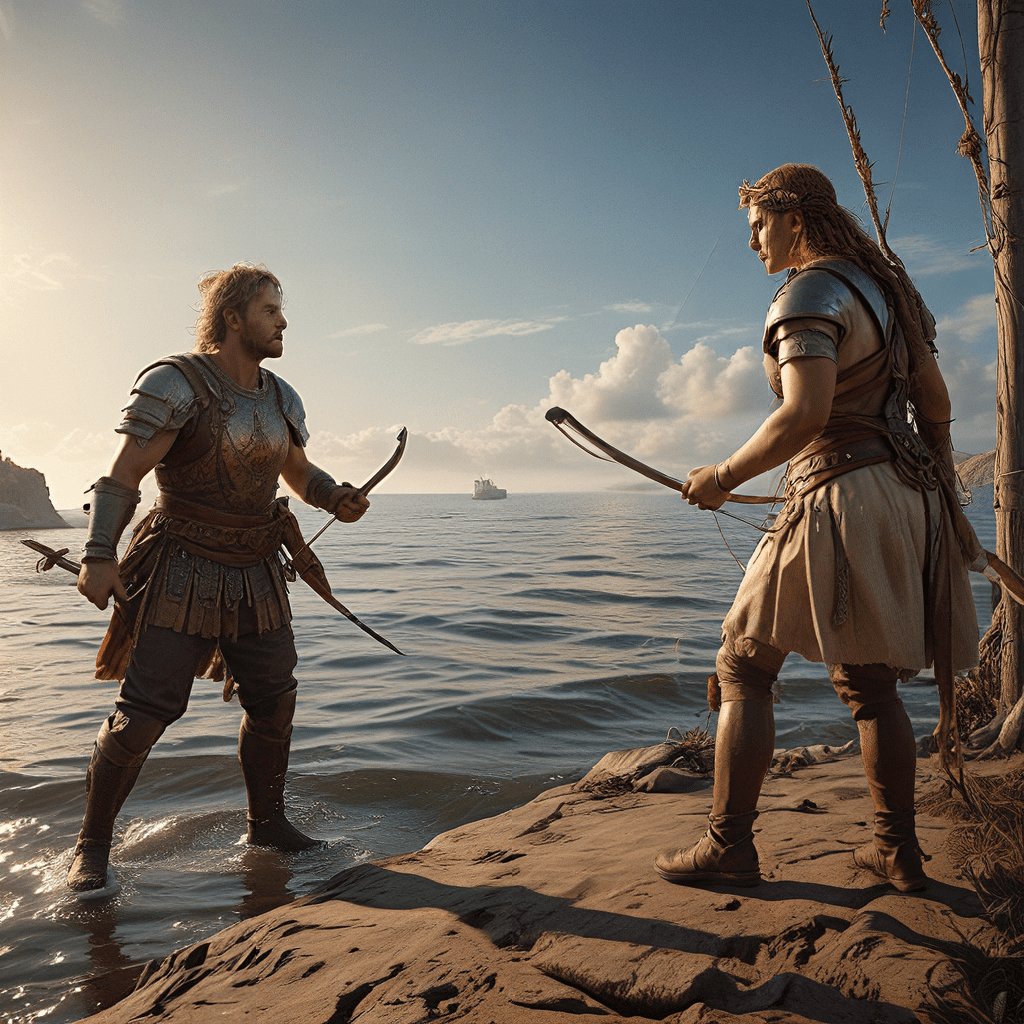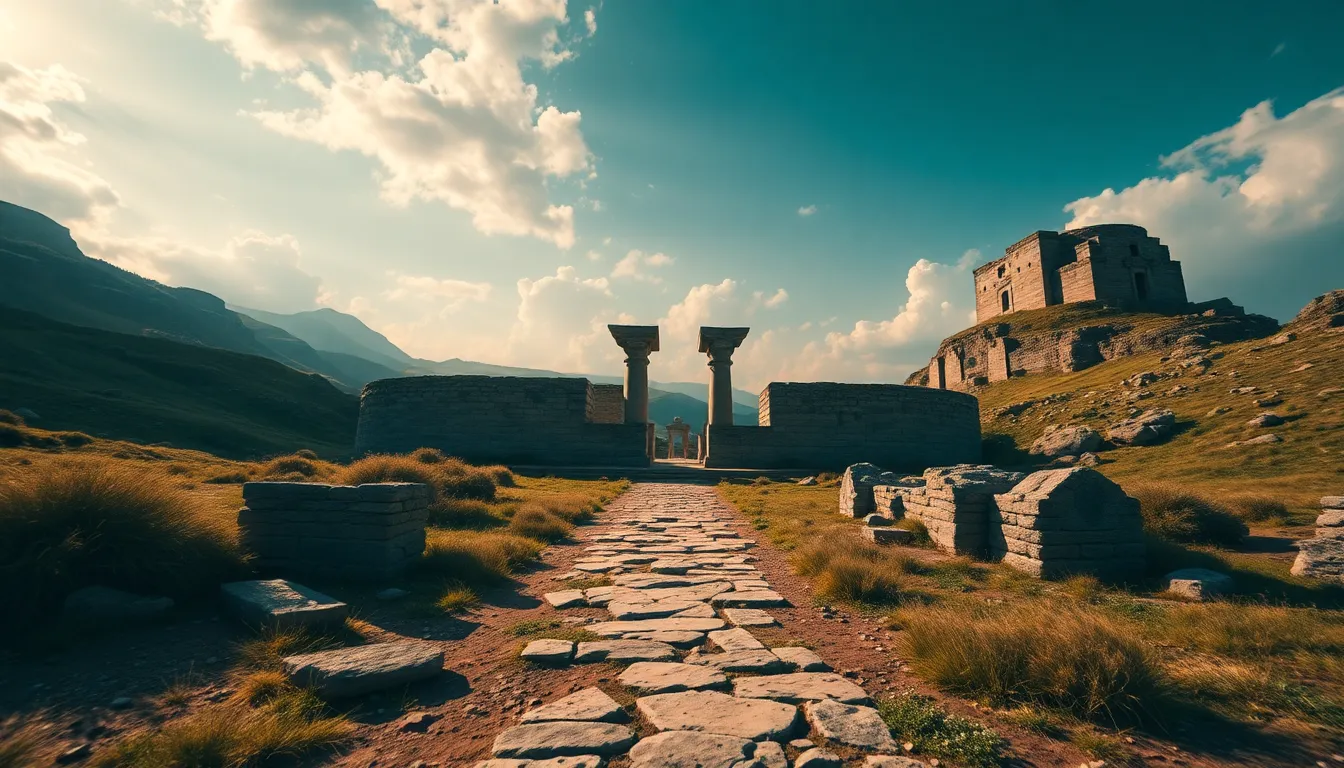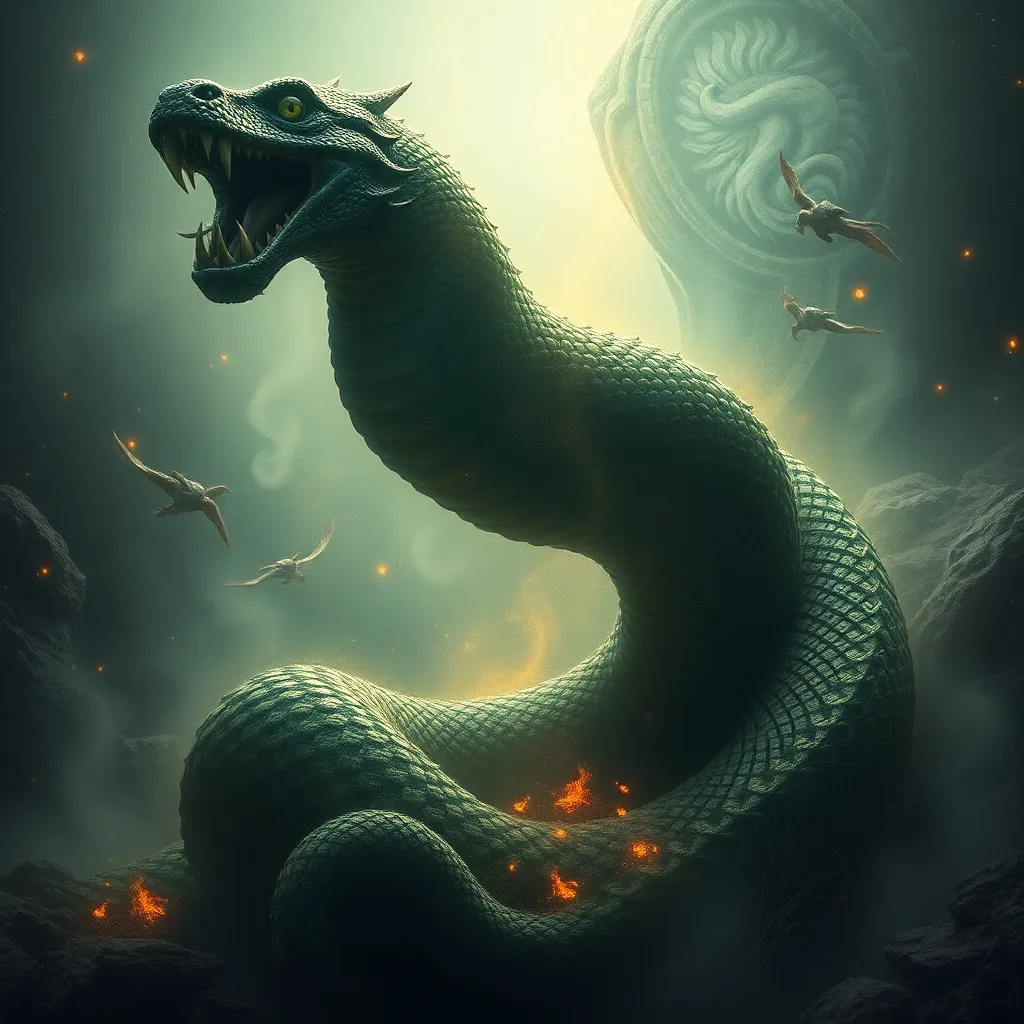1. Origins and Significance of Slavic Mythology in Music and Dance
Slavic mythology, a rich tapestry of beliefs, deities, and supernatural beings, has profoundly influenced the music and dance traditions of Slavic cultures. Its origins lie in the ancient Slavic tribes who inhabited Eastern and Central Europe, and its influence can be traced through centuries of folklore, customs, and artistic expression. Music and dance played a vital role in Slavic mythology, serving as vehicles for storytelling, ritual practices, and the celebration of deities.
2. The Role of Deities and Supernatural Beings
Slavic mythology features a pantheon of deities, each with their own attributes and powers. These deities, such as Perun, the god of thunder, and Lada, the goddess of love, were invoked through music and dance during rituals and festivals. Supernatural beings, such as the rusalki, water spirits, and the domovoy, a household guardian, were also believed to be influenced by music and dance, and their presence was often incorporated into musical and dance performances.
3. Musical Instruments Inspired by Mythology
The Slavic people developed a diverse range of musical instruments, many of which were inspired by their mythology. The gusli, a stringed instrument, was said to be played by the god Veles, while the balalaika, a three-stringed instrument, was associated with the mischievous spirit Leshy. The use of these instruments in music and dance rituals helped to create a connection between the human and divine realms.
4. Rituals and Ceremonies Embedded with Mythological Themes
Music and dance were integral parts of Slavic rituals and ceremonies. Weddings, funerals, and seasonal festivals were all accompanied by specific musical and dance traditions that reflected mythological themes. For example, at weddings, the bride and groom would dance to invoke the protection of the goddess Lada, while at funerals, mourners would perform lamentations and sing songs to guide the deceased to the afterlife.
5. Folklore and Mythology in Slavic Dance Forms
Slavic dance forms, such as the kolo and the horovod, are deeply rooted in mythology. These circular dances were often performed to honor deities, celebrate rituals, and tell stories from Slavic folklore. The movements and gestures of the dances were believed to have symbolic meanings, and their performance helped to preserve and pass down mythological traditions.
6. The Influence of Slavic Mythology on Musical Motifs and Melodies
Slavic mythology has left an indelible mark on the musical motifs and melodies found in Slavic music. Traditional songs often incorporate melodic patterns that reflect the rhythms of nature, such as the changing seasons or the flowing of rivers. The use of repetition and call-and-response structures in Slavic music is also believed to have roots in mythological practices, where these patterns were used to invoke deities or create a sense of communal connection.
7. Mythology-Inspired Dance Movements and Gestures
Slavic dance forms are characterized by a rich vocabulary of movements and gestures that draw inspiration from Slavic mythology. The kolo, for example, features circular patterns that symbolize the cycles of life and the unity of the community. The horovod, on the other hand, incorporates fluid and graceful movements that resemble the movements of animals and nature spirits. These dance movements and gestures serve as a living testament to the deep connection between Slavic mythology and the performing arts.
8. The Preservation of Slavic Mythology through Music and Dance
Music and dance have played a crucial role in preserving Slavic mythology over centuries. By incorporating mythological themes into their artistic expressions, Slavic communities have ensured that their ancient beliefs and traditions have been passed down from generation to generation. Through performances, rituals, and festivals, Slavic mythology continues to live on, enriching the cultural heritage of Slavic peoples.
9. Modern Interpretations and Adaptations of Slavic Mythology in Music and Dance
In contemporary times, Slavic mythology continues to inspire artists and musicians. Composers, choreographers, and dancers draw upon mythological themes and motifs to create innovative works that reinterpret and adapt Slavic mythology for modern audiences. These interpretations range from traditional folk-inspired pieces to avant-garde performances that explore the depths of Slavic mythology in new and unexpected ways.
10. The Legacy of Slavic Mythology in Contemporary Music and Dance
FAQ
Q: How is Slavic mythology reflected in modern music and dance?
A: Slavic mythology continues to inspire artists and musicians, leading to the creation of innovative works that reinterpret and adapt mythological themes for contemporary audiences.
Q: What are some examples of Slavic musical instruments inspired by mythology?
A: The gusli, a stringed instrument, and the balalaika, a three-stringed instrument, are examples of Slavic musical instruments that have been associated with mythological figures and beings.
Q: How do Slavic dance forms incorporate mythological themes?
A: Slavic dance forms, such as the kolo and the horovod, feature circular patterns and fluid movements that symbolize mythological concepts like the cycles of life and the unity of the community.
The legacy of Slavic mythology in contemporary music and dance is evident in the numerous works that continue to draw inspiration from its rich tapestry of beliefs, deities, and supernatural beings. By embracing mythological themes, artists and musicians ensure that the vibrant traditions of Slavic culture remain alive and relevant in the modern world, fostering a deeper understanding of the cultural heritage of Slavic peoples.



